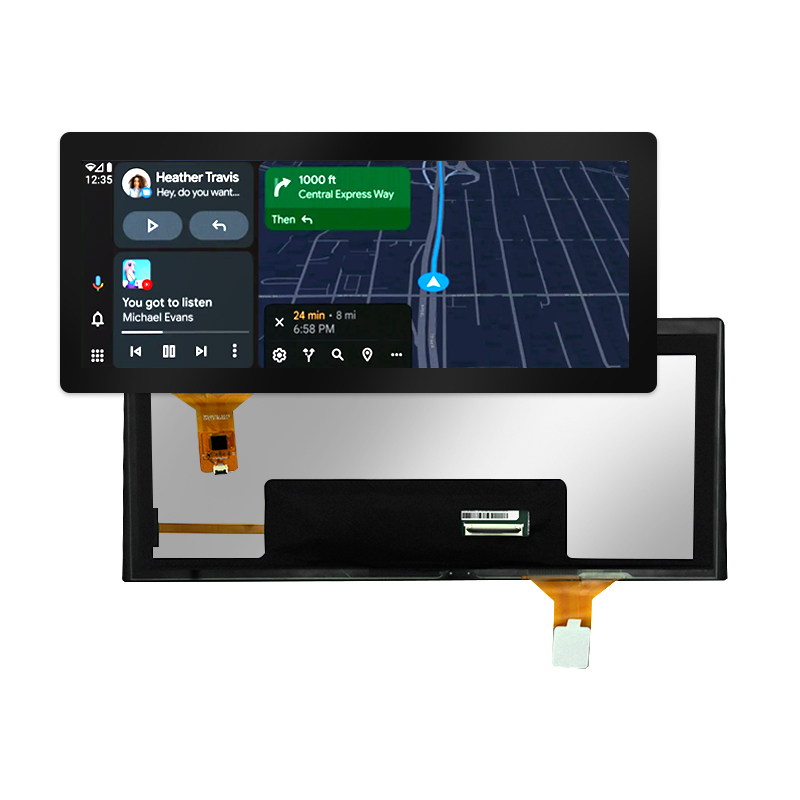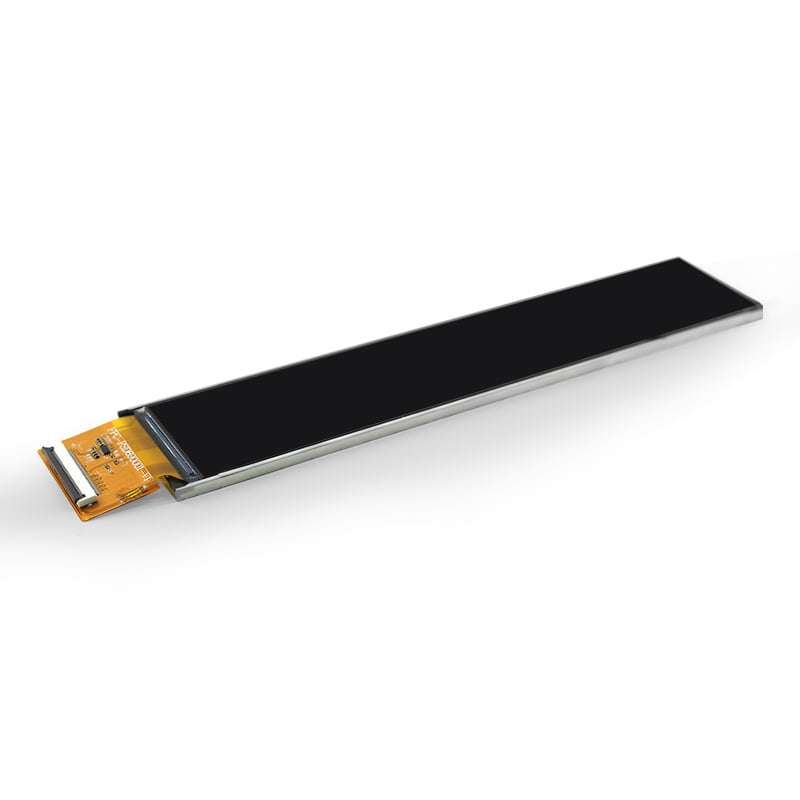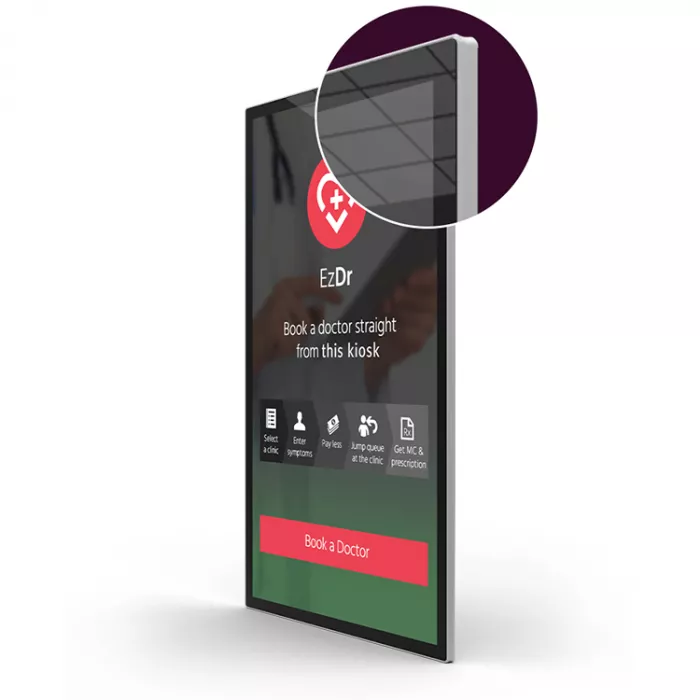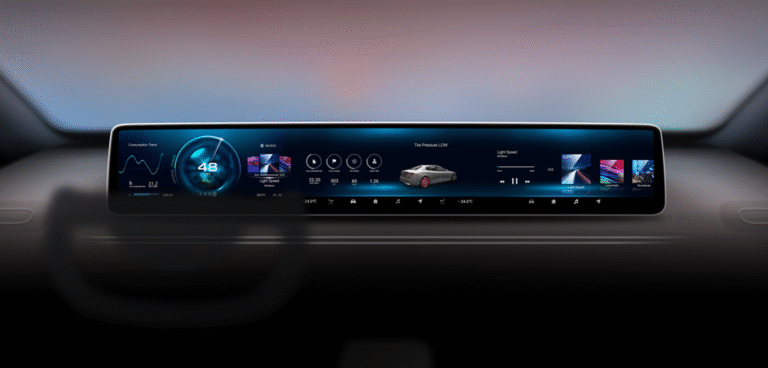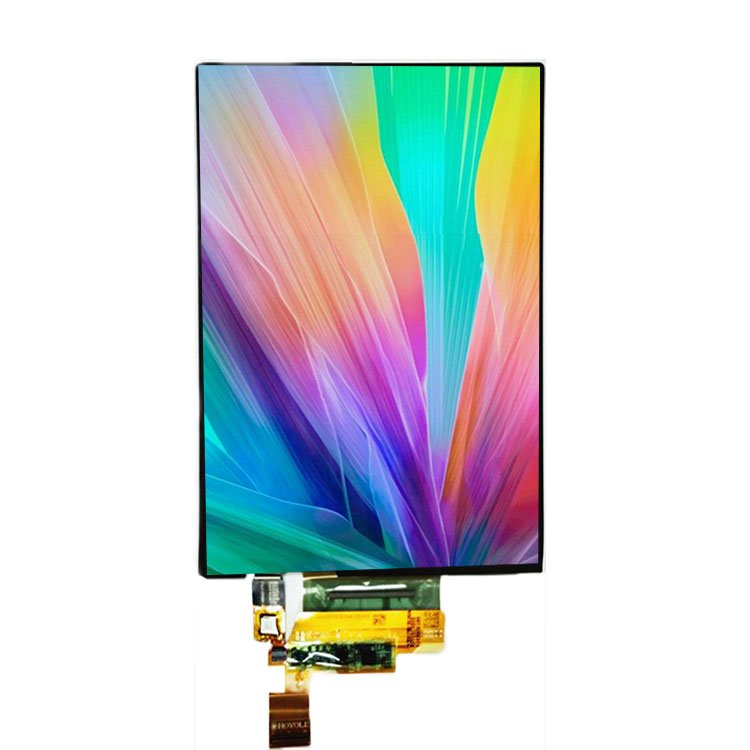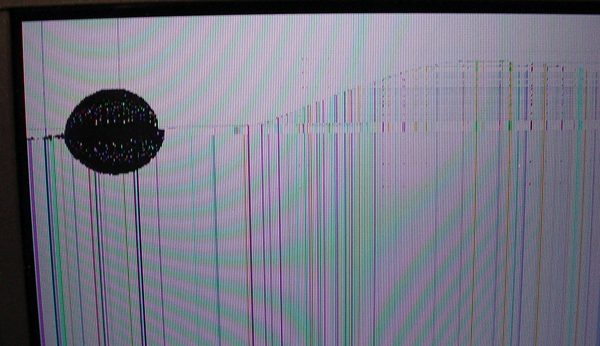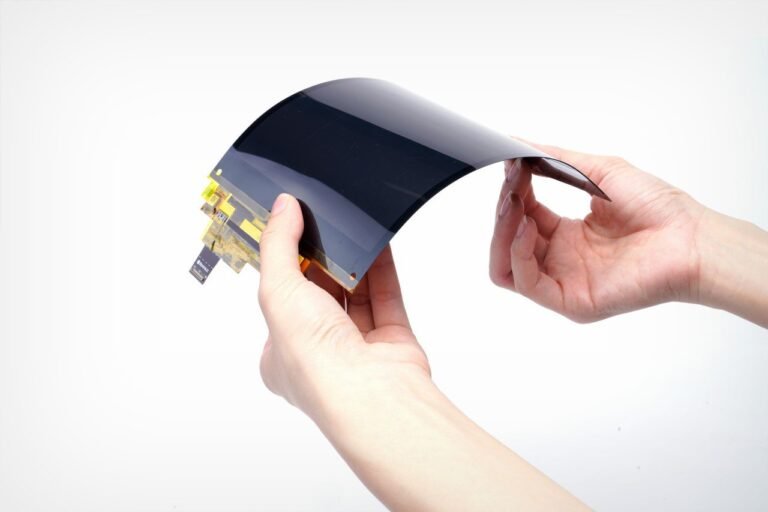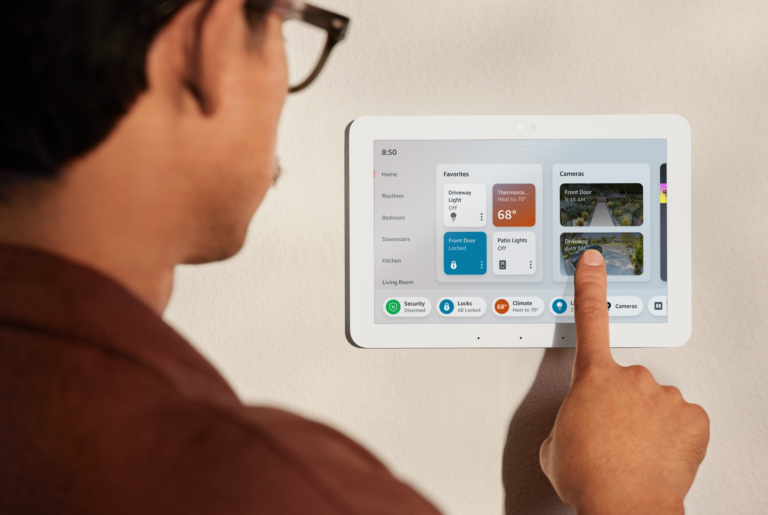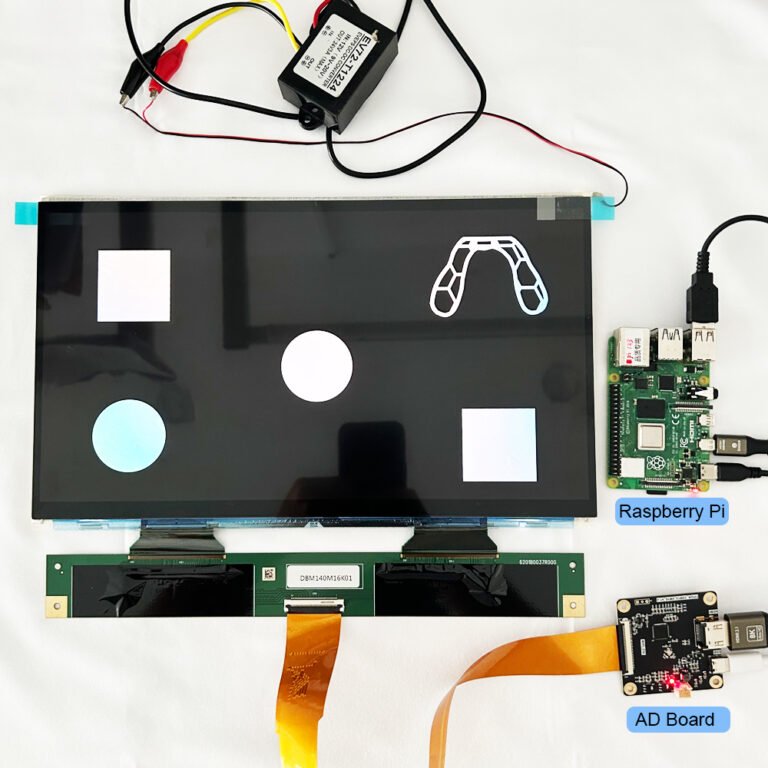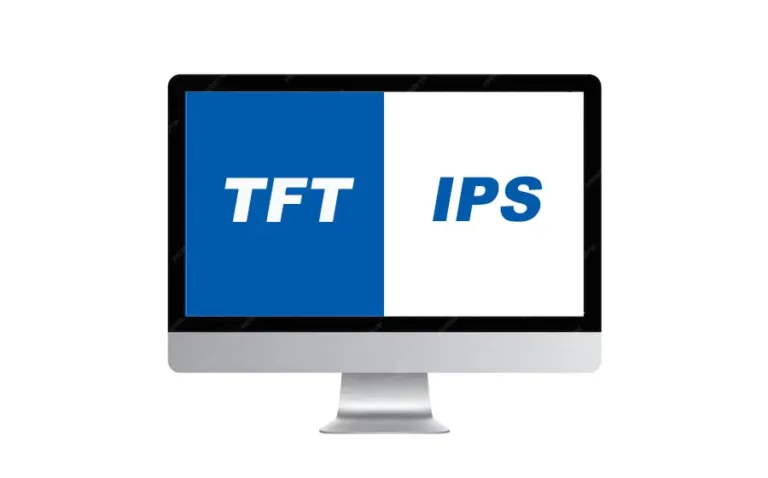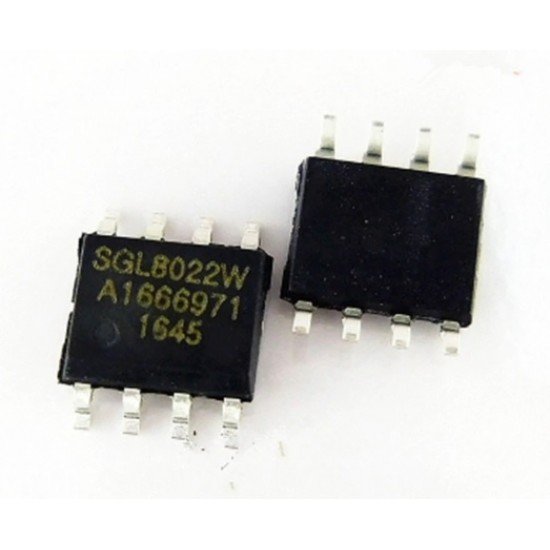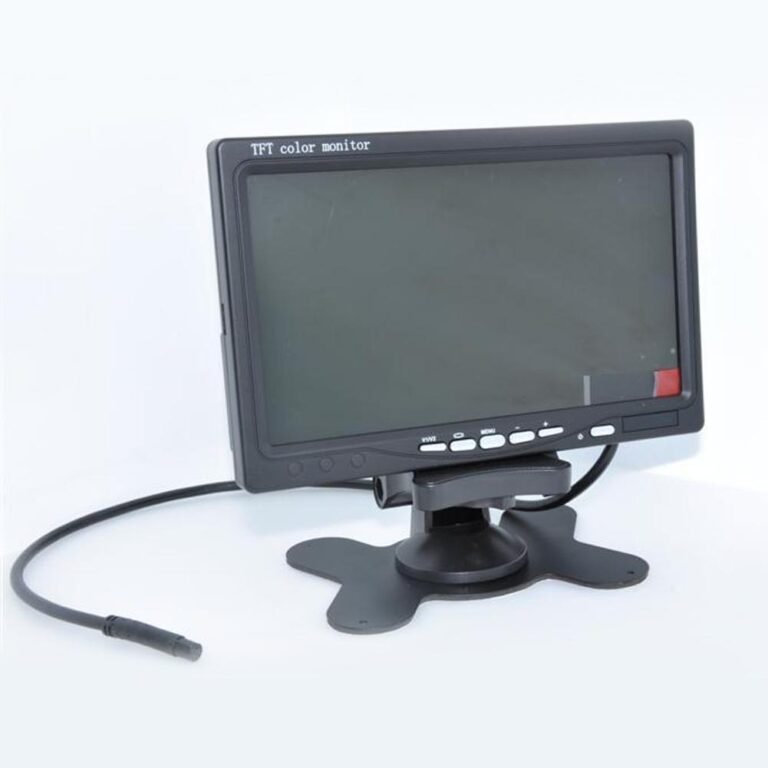Screen Layering: Traditional vs Integrated Approaches
A typical touchscreen stack includes three layers:
- Cover glass (lens)
- Separate touch sensor layer
- LCD display panel
Traditional methods use two bond lines and an air gap between layers, increasing thickness and introducing glare. In contrast, In‑Cell, On‑Cell, and OGS integrate the touch layer into existing components, improving optical performance and reducing weight.
In‑Cell Technology: Touch Embedded Inside the LCD
Definition: Touch sensing electrodes are built directly into the LCD panel—typically at the VCOM or color filter layer.
Caraterísticas principais:
- Ultra-thin design with no separate touch layer
- Superior optical clarity with reduced internal reflections
- High integration cost and manufacturing complexity
- Lower yield due to combined touch/display failures
Used in premium devices, In‑Cell technology is ideal where sleek design and visual clarity are prioritized.
On‑Cell Technology: Touch Placed On the Color Filter Layer
Definition: Touch sensors are patterned between the LCD’s color filter and polarizer layers.
Key Attributes:
- Thicker than In‑Cell, but easier to manufacture
- Better impact resistance compared to In‑Cell
- Moderate cost and complexity
- Can cause color non-uniformity under pressure
On‑Cell is common in AMOLED and mid-to-high-end LCDs, balancing performance and feasibility.
OGS (One Glass Solution / Touch On Lens)
Definition: Touch electrodes are deposited directly onto the inner surface of the cover glass, eliminating a separate touch panel.
Benefícios:
- Removes one glass and bonding layer, reducing weight and cost
- Offers excellent transparency and touch response
- Lower manufacturing difficulty and better yield
Desafios:
- Requires precise glass processing
- Slightly thicker than In‑Cell, but stronger overall
OGS is widely adopted in smartphones and tablets due to its scalability and visual performance.
Comparative Summary
| Caraterística | In‑Cell | On‑Cell | OGS (Touch-On-Lens) |
|---|---|---|---|
| Thickness | Thinnest | Thin | Moderado |
| Optical Clarity | Excelente | Good | Excelente |
| Touch Sensitivity | Elevado | Moderate–High | Muito elevado |
| Manufacturing Difficulty | Muito elevado | Elevado | Baixa |
| Eficiência de custos | Lowest | Moderado | Elevado |
| Durabilidade | Moderado | Elevado | Moderado |
| Repairability | Baixa | Baixa | Medium (glass only) |
Real-World Adoption Examples
- In‑Cell: Used in early Apple iPhones, Nokia Lumia series
- On‑Cell: Adopted in AMOLED smartphones and Microsoft Surface tablets
- OGS: Popular across Xiaomi, Huawei, and other mid-to-high-end mobile devices
Use Cases and Design Recommendations
Wearables & Smartphones:
- Choose In‑Cell or OGS for slim form factors and superior visual performance
Industrial Embedded Systems:
- OGS is ideal for rugged, durable touch interfaces
- On‑Cell is suitable for moderate thickness with good integration
Outdoor Displays & Rugged Devices:
- OGS with hardened glass is most impact-resistant
- Avoid In‑Cell if display failure risk is critical
Technical Considerations
- Touch Noise Interference: In‑Cell and On‑Cell require careful electrical design to avoid signal distortion
- Rendimento de Fabricação: A tecnologia In-Cell tem taxas de refugo mais altas devido à integração compacta
- Fragilidade da Borda do Vidro: OGS requer corte de precisão para evitar fissuras
- Variação do Ângulo de Visão: A tecnologia On-Cell pode exibir mais brilho sob stress angular
Perguntas mais frequentes
Q1: Qual tecnologia oferece o melhor desempenho ótico?
Tanto In-Cell quanto OGS proporcionam excelente transparência devido a menos reflexões internas.
Q2: Qual é a mais económica para produção em massa?
A OGS geralmente oferece a melhor relação custo-desempenho.
Q3: Estas podem ser usadas com luvas?
Sim, especialmente OGS e On-Cell. A In-Cell pode requerer ajustes.
Q4: Posso substituir apenas a camada de toque se esta avariar?
A reparação parcial só é viável com OGS. As tecnologias In-Cell e On-Cell estão totalmente coladas ao ecrã.
Q5: Qual é a mais adequada para ambientes rugged (ásperos/exigentes)?
OGS com vidro reforçado ou lente de cobertura é a mais tolerante a impactos.
Conclusão
A escolha entre In-Cell, On-Cell e OGS depende das necessidades específicas do seu produto:
- Para designs ultra-finos e premium , opte por In‑Cell
- Para integração equilibrada e durabilidade, use On‑Cell
- Para dispositivos económicos, escaláveis e rugged (robustos) , escolha OGS
Cada uma oferece uma combinação única de clareza, custo, facilidade de fabrico e durabilidade. Compreender estas compensações (trade-offs) garante uma melhor experiência do utilizador e um desenvolvimento de produto mais suave.




